Have you ever asked yourself, “what is phonics?” It may sound simple, but it’s actually a complete science (or so it feels)! As a new teacher, I struggled to figure out why my students were not making the progress I envisioned for them. It wasn’t until I began doing research to figure out what I could do to effectively teach my students phonics. Today, we’ll go over the definition phonics and break it down simply! Because once you understand it, lessons on phonics will be enjoyable for you….and your students will enjoy it too!
Before we get into it, if you’re brand new to teaching phonics or need help learning how to teach phonics, I’ve got just the thing for you! Download my FREE beginners guide to understanding phonics, which includes a FREE phonics assessment AND a grouping guide so you can group your students based on their ability levels! This will transform your small group instruction to make sure you are targeting the skills they actually need!
—-> Click here to get started on transforming your phonics teaching method! <—-
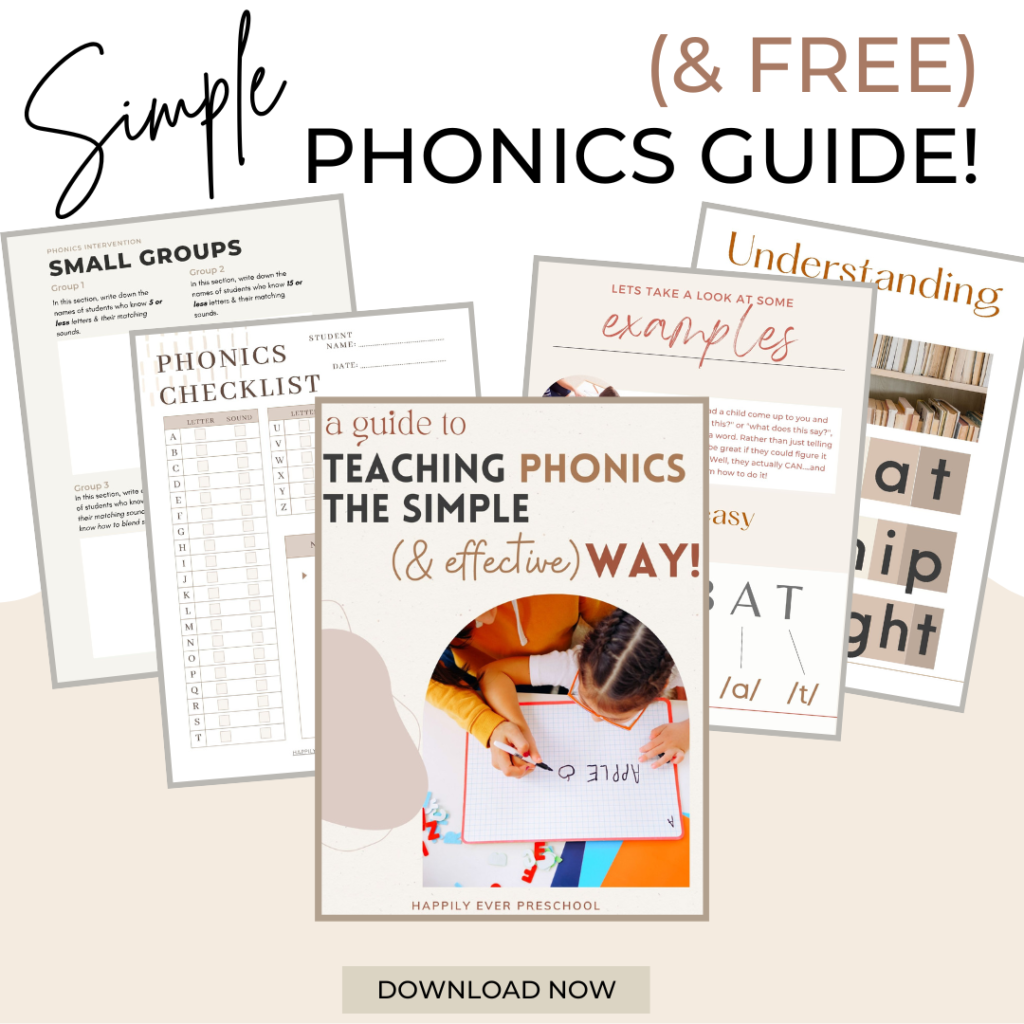
Phonics Defined
What is phonics? Simply put, phonics is the process of learning letters and their sounds and how they relate to each other.
So, you might teach your students the sound that the letter B makes and whenever they see the letter B, they’ll remember B is “buh”.
Once students learn the phonics skill, they can use this to improve phonemic awareness, which is the blending of sounds, segmenting, and more! (Read my other blog post to understand the difference between the two!)
Before my first year of teaching phonics in kindergarten, I literally googled “What is Phonics Reading?”
Yep. You read that correctly. I mean, I knew what it was….but did I actually UNDERSTAND what phonics was? No. Honestly, I cringed even admitting that I googled the definition phonics straight out of college. But the truth is, we all start somewhere & we aren’t born knowing.
All I knew was that whatever I *thought* I knew, wasn’t working. So I did the first thing I could think of. I humbled myself and googled the most basic question I could think of. Listen, teacher friend, I don’t care what anyone says—what you learn in college cannot fully prepare you for what you will experience when you’re finally in your own classroom with no one to guide you. I’m a firm believer that on-the-job training is vital. And as teachers, we are (and always will be) lifetime learners.
Why is Phonics Important?
Think of it as building blocks. Students must know letters and letter sounds in order to read, right? So, if they don’t know their letters and letter sounds, they don’t know phonics. Teaching them phonics gives students the tools they need to even TRY to read. Once they know phonics they can start sounding out words and eventually learn to read!
How many phonics sounds are there in English?
Learning English is hard. Learning to read in English is even harder. But why? Well, here are 26 letters but those 26 letters make 44 sounds. Mind-blowing, if you think about it. This, my friend, makes learning to read pretty complicated.
Think about your English Language Learners here for a minute. In their language, they might have 26 letters that make 26 sounds. Easy enough. But trying to understand how on earth 26 letters make 44 sounds is crazy, y’all! Oh, and I’m not even counting the digraphs, blends, etc! There are really more than 150 sounds in English!!
So, if you have an ESL student in your classroom, now you understand the confused look on their face. Compassion is key here!
Phonics Teaching Method
Now that we understand what phonics is, you want to make sure you set a solid foundation before you start teaching your students to blend words. Here are some tips for making sure you set your students up for success!
Use a Phonics Assessment
Before getting started, you need to know where your students are. Do they know their letters? How many of them do they know? If they know all of them, do they know their letter sounds?
Using a phonics assessment can help you understand what your students know or don’t know. You don’t want to waste time teaching them what they already know. Instead, you want to start tackling the next thing that they need to learn. A Phonics Assessment is also great so you can see how your kiddos grow!
(Btw, I have a FREE Letter Sounds Assessment in the free guide I mentioned above)
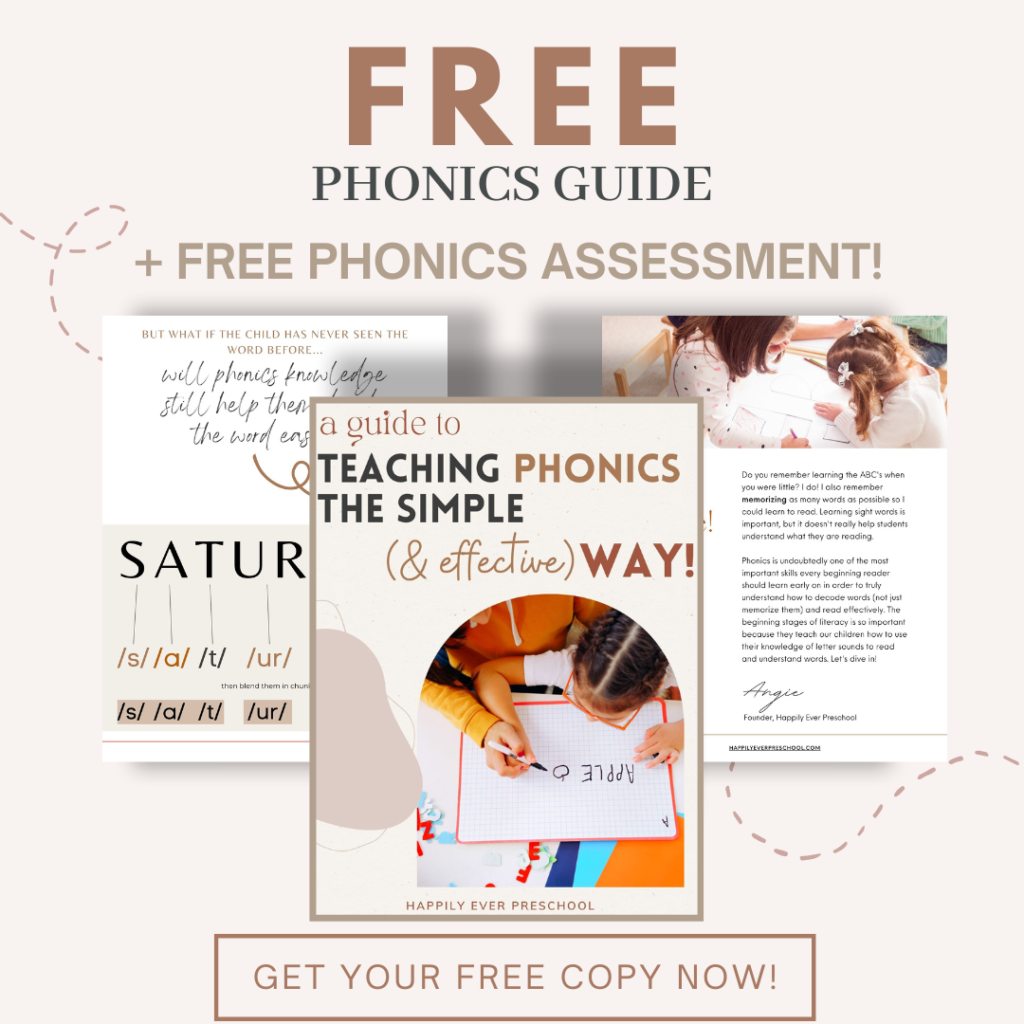
Group Your Students for Small Group Instruction
Once you test your students, chances are there are other students on their same level, too. For example, there might be five students who know their letters, but do not know their letter sounds yet. You want to group these kids together and set goals for them.
Similarly, there might be three students who don’t know any of their letters or letter sounds. You want to group these kids together and set goals for them.
*You can find a “small group” phonics intervention organizer in the free guide! There, you can set attainable goals for each of the groups!
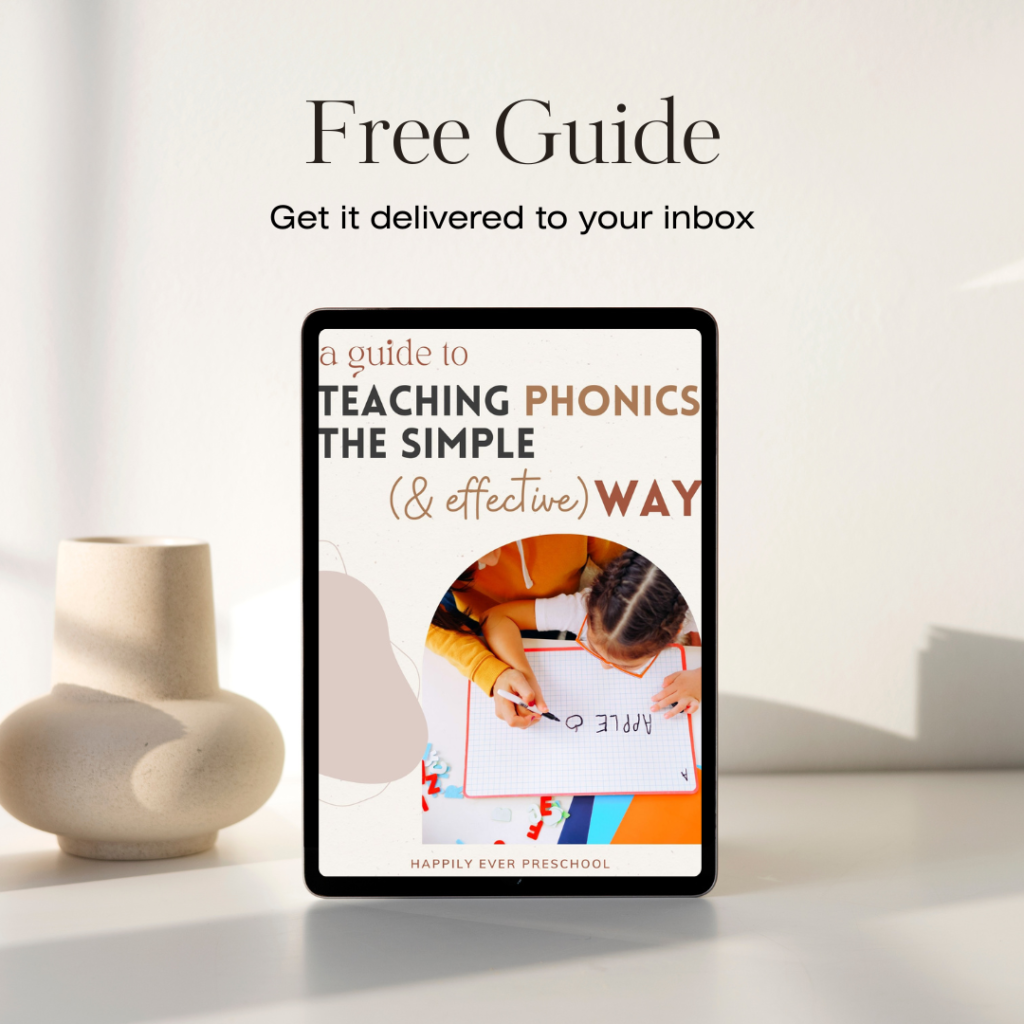
Find the Phonics Teaching Method that works for you
I got into depth in this in another blog post, but once you figure out your groups for phonics instruction, you can work on finding a phonics teaching method that works for you (and your students). Understanding the definition phonics is a great first step and you took that step!
You definitely want a combination of engaging activities that students can practice their skills with.
Activities with Phonics
You want to make sure you have plenty of phonics activities, songs about phonics, and phonics activities for kindergarten students! You want to make it as fun and engaging as possible.
For my kindergarten students, I found that Alphabet Mini-Books were very effective in teaching phonics skill. They are easy to print out and the kiddos can practice alphabet sounds in phonics activities.
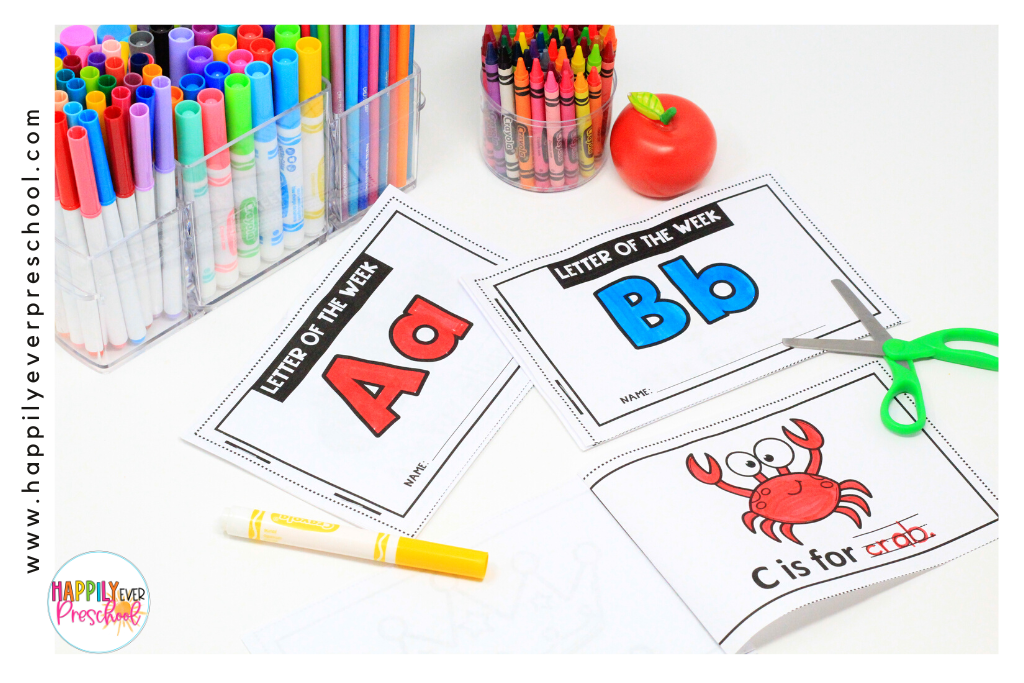
I love Letter of the Week activities to teach phonics so I paired the mini-books with these Printable Phonics Crowns. My students loved coloring them & they got to wear them all day long. Plus I got brownie points with the parents, hehe!
More Ideas for Improving Your Teaching Method:
Go back to Basics by Teaching Students Phonemic Awareness
20 Awesome Books on Amazon for Beginning Readers
How to Practice Phonics with Kids at Home Definition Phonics

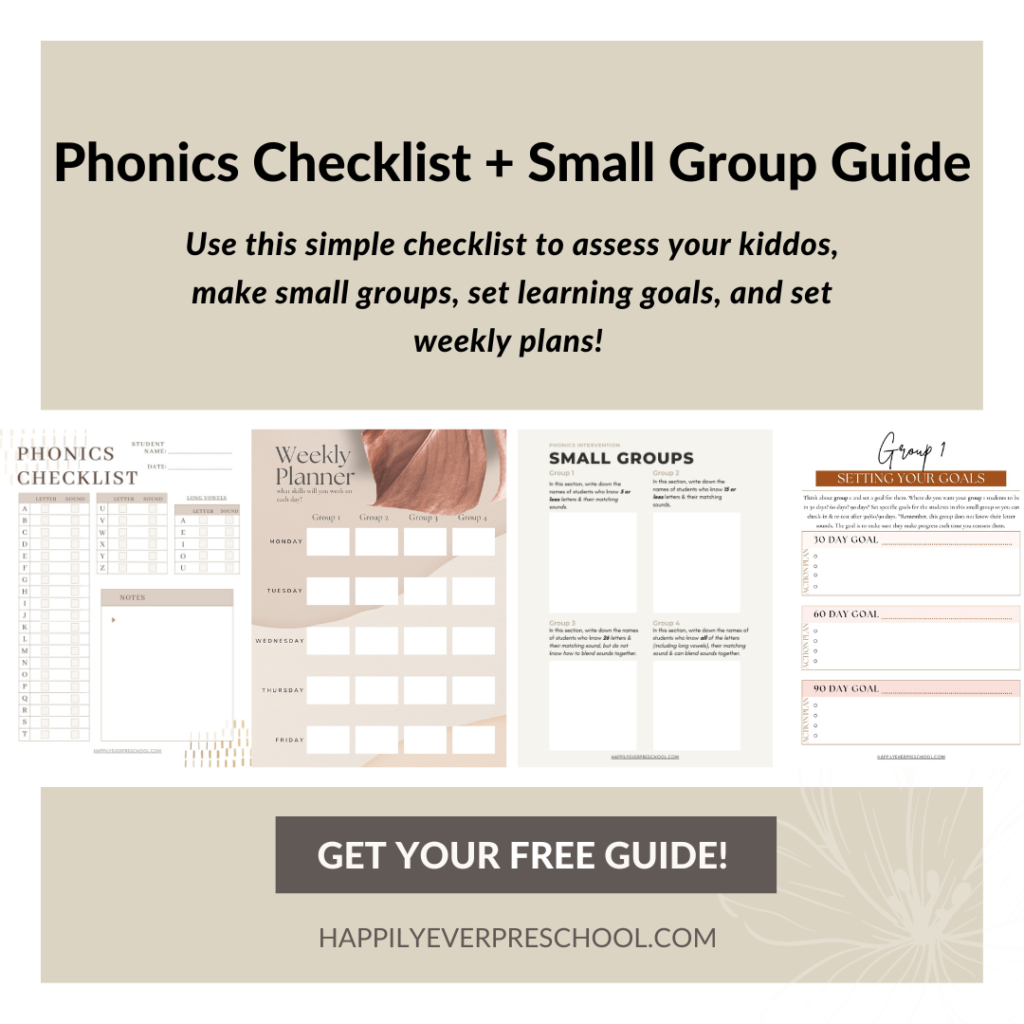
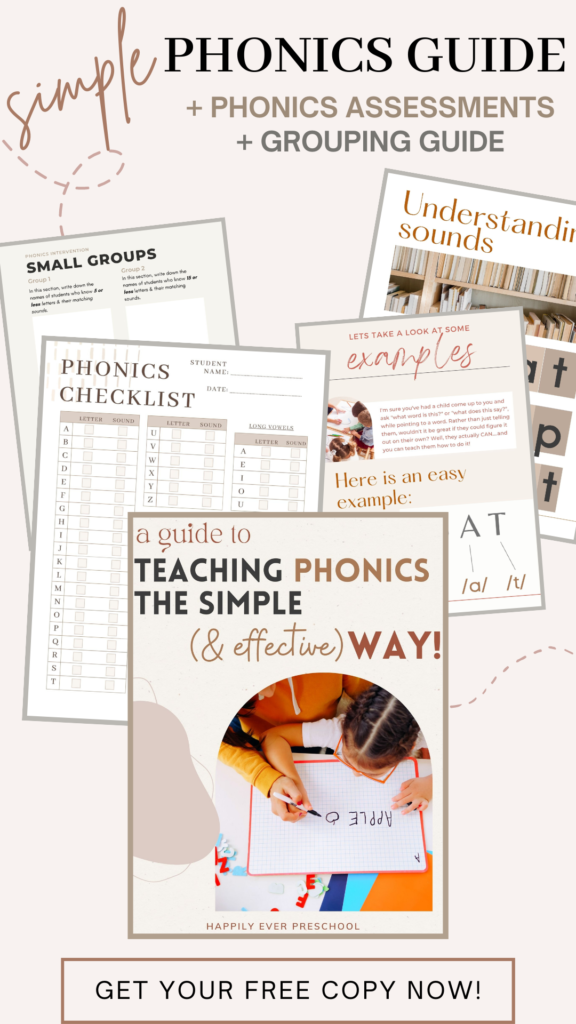
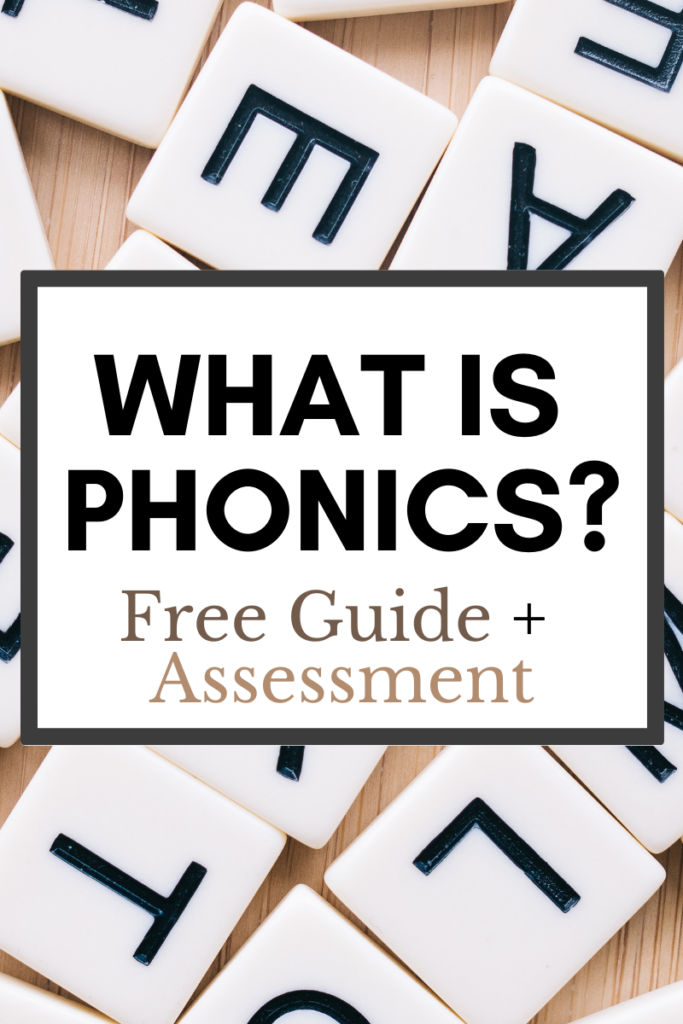

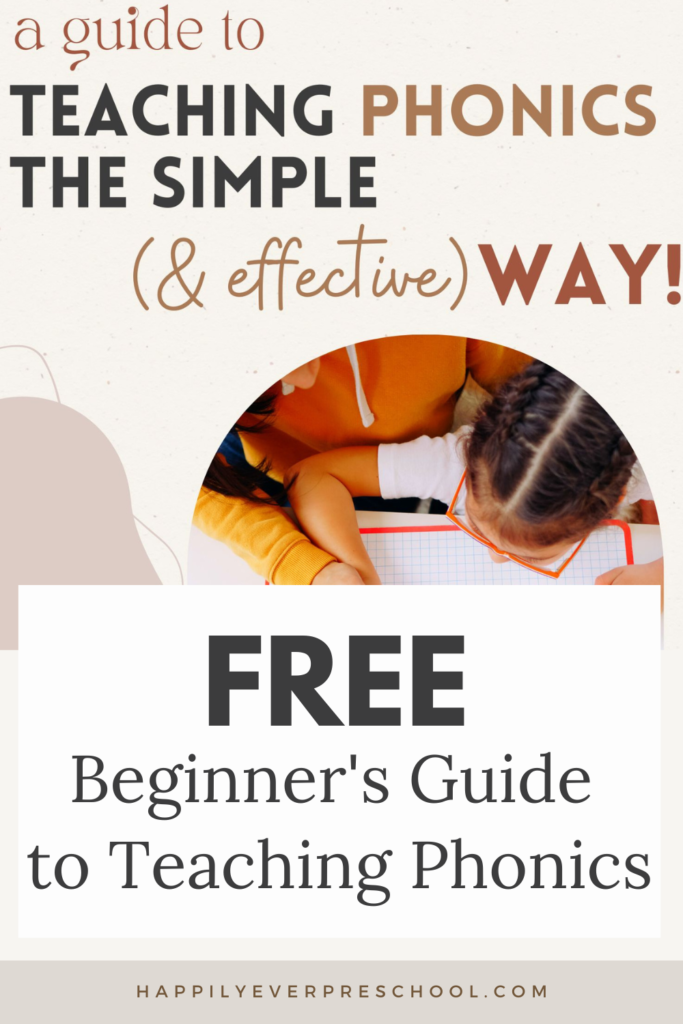
Leave a Reply
You must be logged in to post a comment.